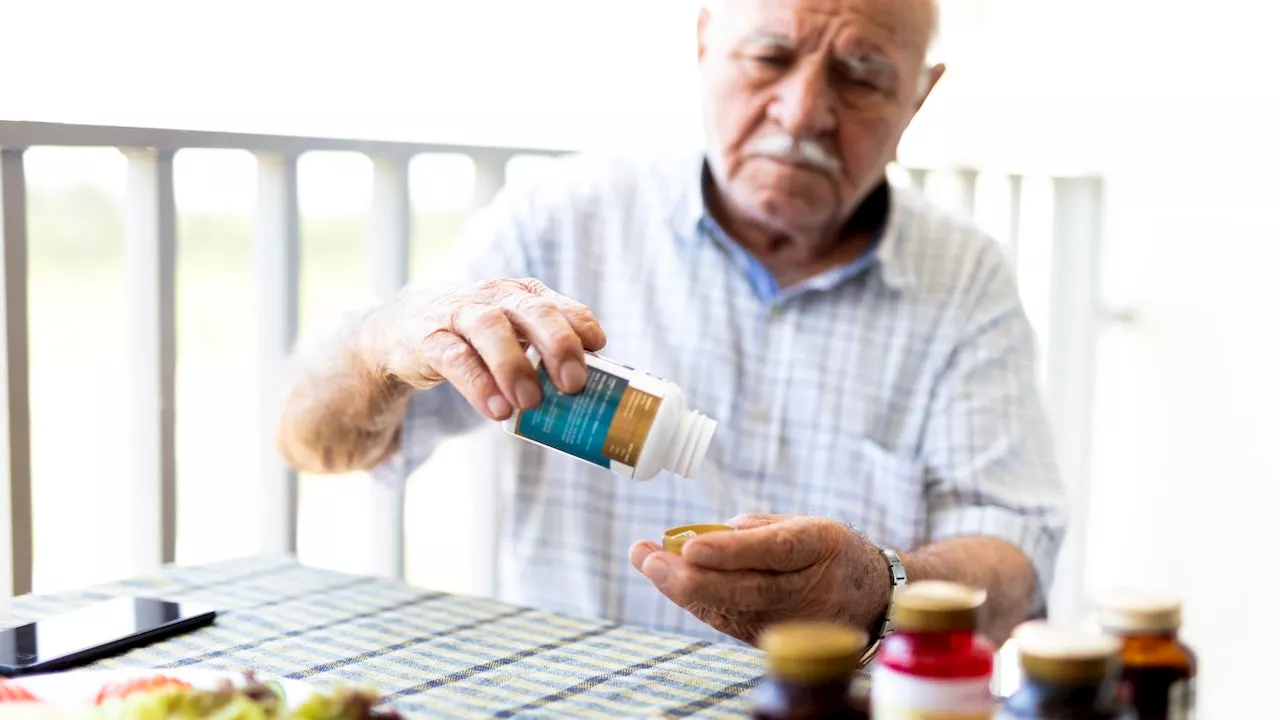Health
Apple Compound Morin Offers Hope as Alternative for Gum Disease

A recent study has identified morin, a compound extracted from apples, figs, and guava, as a potential natural alternative to antibiotics for treating gum disease. Conducted by researchers at São Paulo State University’s Araraquara School of Dentistry in Brazil, this research highlights morin’s antimicrobial, anti-inflammatory, and antioxidant properties against bacteria that contribute to gum disease.
The researchers created a powder formulation designed for controlled release in the mouth, which could enhance its effectiveness. The findings were published this month in the journal Archives of Oral Biology. According to the lead author, Luciana Solera Sales, the goal is to harness the benefits of this natural compound to help prevent and treat tooth decay and periodontal disease.
Morin was chosen for its natural origin, cost-effectiveness, and availability. To make it practical for oral use, the team developed a powder using a method similar to that used for powdered milk. This approach could allow for a controlled and gradual release of morin in the oral cavity. Traditional treatments for gum disease often involve cleanings and plaque removal, but dentists sometimes resort to topical antibiotics when bacteria and tartar are resistant to removal.
The increasing issue of antimicrobial resistance has driven scientists to seek safer, natural alternatives. The study’s authors propose that morin-based compounds may function as a “non-antibiotic adjunctive antimicrobial therapy” to enhance treatment outcomes for gum disease.
While morin can be found in natural sources such as apple peels, guava leaves, and figs, the researchers emphasize that consumption alone is insufficient. Sales noted, “The substance needs to be processed” to be effective.
The team, under the supervision of Fernanda Lourenço Brighenti, combined morin with sodium alginate and gellan gum. These polymers protect morin from rapid degradation while allowing it to adhere to teeth and gums for extended periods. The controlled-release system aims to maintain the compound’s activity despite the continuous flow of saliva.
The fine morin powder could be incorporated into various oral hygiene products, including toothpaste and mouthwash. Brighenti explained, “The idea is to provide a platform that acts as an adjunct, useful for people with reduced motor skills who cannot brush their teeth effectively, such as older adults and patients with special needs.”
The research team intends to develop a formulation that is safe, palatable, and suitable for mass production, avoiding the drawbacks of current treatments, such as tooth staining and tartar buildup. They plan to conduct further animal and clinical studies to evaluate the safety and effectiveness of their morin formulation.
If successful, morin could pioneer a new era of plant-based, antibiotic-free dental treatments aimed at preventing and managing gum disease, a condition recognized by the World Health Organization as contributing to the global burden of oral diseases affecting nearly half of the world’s population.
Dr. Richard Nejat, a periodontist based in New York City, remarked that this research reflects a promising shift towards more natural, antibiotic-free approaches in dentistry. While morin holds potential as a complementary therapy to conventional treatments, he emphasized the importance of clinical trials in humans to fully understand its effects.
“The mouth is a complex ecosystem,” Nejat stated. “We need to understand how this compound behaves in real patients—particularly regarding its long-term effects on the oral microbiome and potential interactions with existing treatments.”
Dr. Ilona Fotek, a holistic and biologic dentist in Jupiter, Florida, cautioned against assuming that “natural” equals safe. She warned that plant-based treatments still require thorough study and proper dosing. “My concern with research like this is that it can spark DIY trends on social media, which may do more harm than good.”
Despite these concerns, this research marks a significant step towards finding therapies that promote healing while preserving the integrity of the oral ecosystem. Further investigations into the use of morin in dental care could pave the way for innovative treatments that prioritize patient safety and efficacy.
-

 Science2 weeks ago
Science2 weeks agoIROS 2025 to Showcase Cutting-Edge Robotics Innovations in China
-

 Politics2 weeks ago
Politics2 weeks agoJudge Considers Dismissal of Chelsea Housing Case Citing AI Flaws
-

 World2 weeks ago
World2 weeks agoBravo Company Veterans Honored with Bronze Medals After 56 Years
-

 Lifestyle2 weeks ago
Lifestyle2 weeks agoStone Island’s Logo Worn by Extremists Sparks Brand Dilemma
-

 Top Stories2 weeks ago
Top Stories2 weeks agoIndonesia Suspends 27,000 Bank Accounts in Online Gambling Crackdown
-

 Sports2 weeks ago
Sports2 weeks agoMel Kiper Jr. Reveals Top 25 Prospects for 2026 NFL Draft
-

 Health2 weeks ago
Health2 weeks agoStartup Liberate Bio Secures $31 Million for Next-Gen Therapies
-

 Health2 weeks ago
Health2 weeks agoTop Hyaluronic Acid Serums for Radiant Skin in 2025
-

 World2 weeks ago
World2 weeks agoHoneywell Predicts Record Demand for Business Jets Over Next Decade
-

 Sports2 weeks ago
Sports2 weeks agoYamamoto’s Mastery Leads Dodgers to 5-1 Victory in NLCS Game 2
-

 Politics2 weeks ago
Politics2 weeks agoNew Jersey Voters Urged to Register Ahead of November Election
-

 Lifestyle2 weeks ago
Lifestyle2 weeks agoMary Morgan Jackson Crowned Little Miss National Peanut Festival 2025









